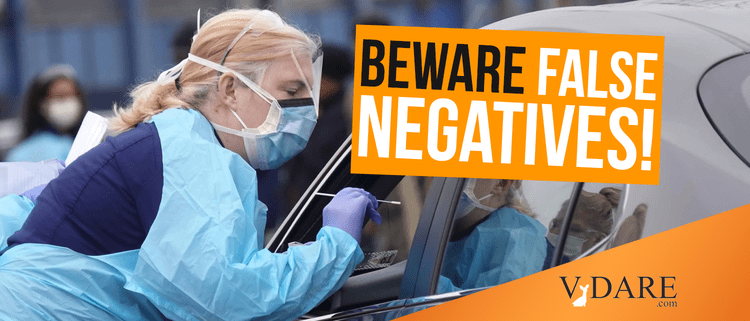Concerning the pandemic, I don't have a lot to say for reasons I posted two weeks ago under the heading of "Virus Agnosticism".
I am still, for example, getting a daily report in my New York Post on "cases"; that is, number of recorded cases of COVID-19, city, state, and nation. Recorded how? Number of hospital admissions? Then why not say so? Number of tests positive? Out of how many tested? Two thousand positives out of three thousand tested? Or two thousand positives out of a million tested? It's rare to see clear numbers spelled out.
It's likewise rare to see anything on the opportunity-cost side of the ledger. An acquaintance of mine is connected with NAPA, North American Partners in Anesthesia, which is, obviously, a professional association for anesthesiologists. They've fallen on hard times, my acquaintance tells me, because so many of the procedures that require an anesthesiologist—deep surgery, for example—have been put on hold while hospitals handle coronavirus patients.
A different acquaintance familiar with admissions to a nearby hospital emergency room tells me they are turning away cases they would not have turned away before to free up space for virus patients.
With so much of the nation's medical resources re-oriented to coronavirus cases like this, there must be some opportunity cost—surely including deaths—in health failure from other causes. Has anyone tried to quantify that? I haven't seen it; and until I do, I shall assume the numbers for coronavirus deaths need qualification they're not getting.
The general level of scientific and numerical understanding in mainstream commentary has improved some this past month, but it's still low. Journalism schools don't teach much math or statistics, I'm guessing.
Tucker Carlson, for example, had his regular medical reporter, a doctor named Marc Siegel, take a test for the virus on-air this past Monday. This is a new test developed by a lab in Chicago. We were told that, quote:
This is a rapid diagnostic test that will generate an accurate diagnosis within five minutes if the patient is positive for COVID and up to 13 minutes if they are negative.
Dr Siegel tested negative. Well, that's great. Watching the segment, though, I was waiting for someone — Carlson, Dr Siegel, or the pathologist administering the test — I was waiting for someone to utter one of the following two phrases:
- "false positive," or
- "false negative."
![]() Nobody did. Yet those are key things you want to know about any medical test, especially a brand-new test on a virus only recently come to notice.
Nobody did. Yet those are key things you want to know about any medical test, especially a brand-new test on a virus only recently come to notice.
Random story from the week's news. This was the London Daily Mail, April 16th. Headline: Nurse who twice needed hospital treatment for coronavirus casts doubt on the effectiveness of Covid-19 swabs after she tested negative THREE times.
The nurse in this story is Nicole Williams, age not given but looks to be no more than thirty, trim and fit, of Cardiff in Wales. Because she's a nurse, when she started getting symptoms she was tested right away. The test came back negative. The symptoms got worse; she was tested again, twice: negative, negative. A fourth test came up positive. The lady is now recovering, I'm glad to say.
So next time you see some TV talking head promoting a virus test, be sure to yell at the TV screen: "FALSE POSITIVES! FALSE NEGATIVES! WHAT ARE THE NUMBERS?"




 Nobody did. Yet those are key things you want to know about any medical test, especially a brand-new test on a virus only recently come to notice.
Nobody did. Yet those are key things you want to know about any medical test, especially a brand-new test on a virus only recently come to notice.








